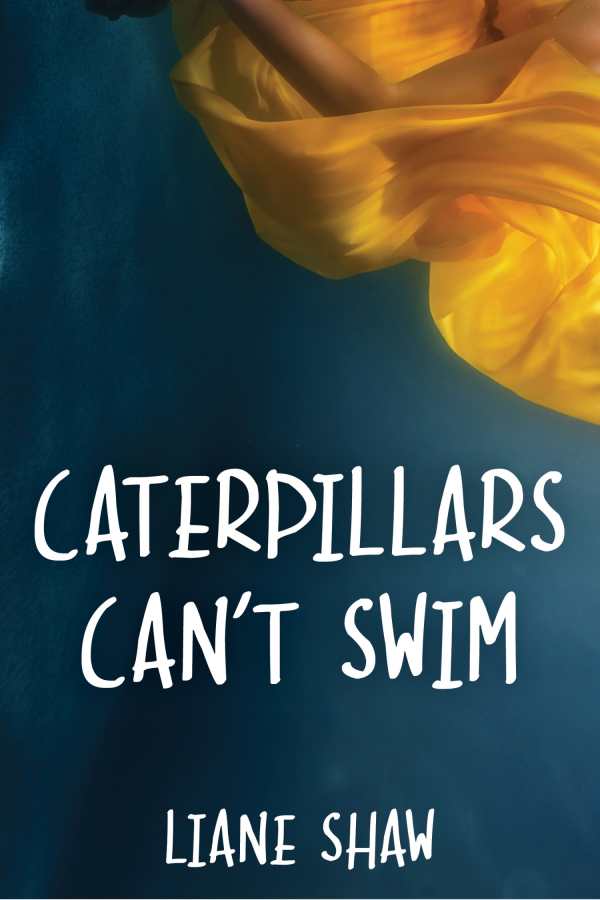Caterpillars Can't Swim
Caterpillars Can’t Swim is an encouraging story about what’s possible if teens choose to accept the people around them.
The presumably small thinking within a small riverside town may have disastrous consequences in Liane Shaw’s Caterpillars Can’t Swim, a coming-of-age story that encourages celebrating one’s differences.
With his flaming red hair and use of a wheelchair, Ryan stands out from other teens, but his unflappable attitude has always kept him safe. His best friend, Cody, is a jock and a fellow swim team member; Ryan stays under the radar of bullies and bigots. That is, until he witnesses the near drowning of a classmate. His decision to rescue Jack propels them both into the spotlight.
Jack is certain that he is the only gay teenager in town, and he’s terrified of what might happen if his secret gets out. Ryan promises to stay silent, initiating a friendship that leads them both in unexpected directions.
The novel grapples with heavy and familiar teen issues, including prejudice and self-acceptance. Ryan is an able narrator whose seemingly superhuman act is mirrored in his exceptional approach to the world. He is frank in discussing the things he may be missing out on but still approaches all challenges with determination. His storytelling leaves his cerebral palsy unnamed for the first hundred pages; he prefers to frame himself, first and foremost, as a swimmer, friend, and loving son.
Jack has a harder time working through his challenges, ending up in isolation where Ryan chooses popular company. Ryan’s decision to invite his classmate along on a trip to a local Comic Con—with Cody, who isn’t so sure that he wants a gay friend—opens the door to a wider celebration of the unique challenges that make teens who they are, with costumed networks helping Jack toward coming out, and a beautiful young woman, Clare, catching Ryan’s eye.
The novel’s conclusions may be a little too pat, and worrisome figures prove remarkably easy to persuade. This is less a work to turn to for realism than it is an encouraging story about what’s possible if teens choose to accept the people around them. Regarded in that light, its happier turns are easy to embrace, and its feel-good atmosphere is well worth diving into.
Reviewed by
Michelle Anne Schingler
Disclosure: This article is not an endorsement, but a review. The publisher of this book provided free copies of the book to have their book reviewed by a professional reviewer. No fee was paid by the publisher for this review. Foreword Reviews only recommends books that we love. Foreword Magazine, Inc. is disclosing this in accordance with the Federal Trade Commission’s 16 CFR, Part 255.

